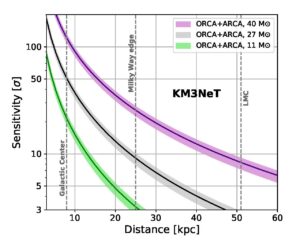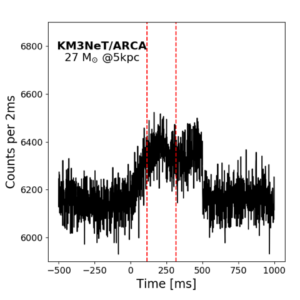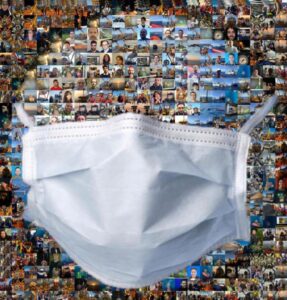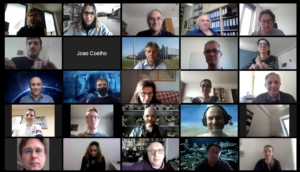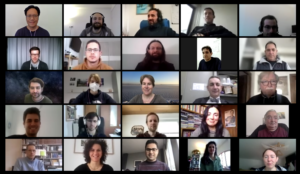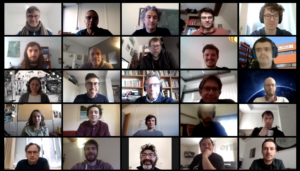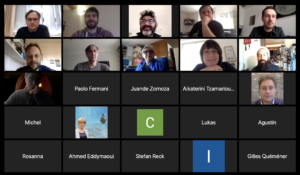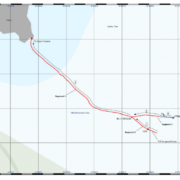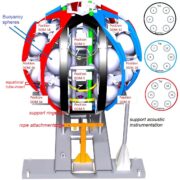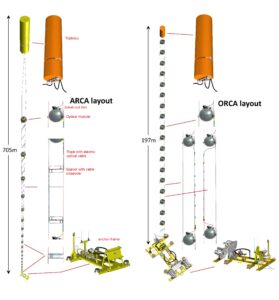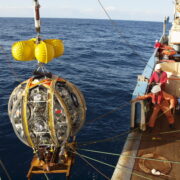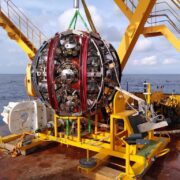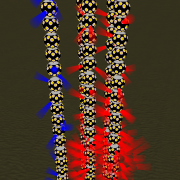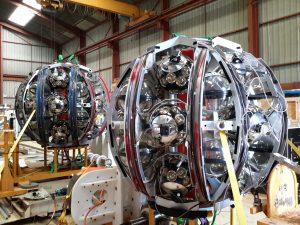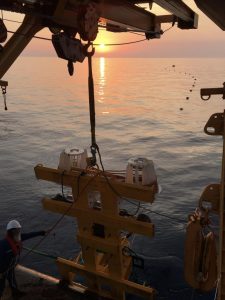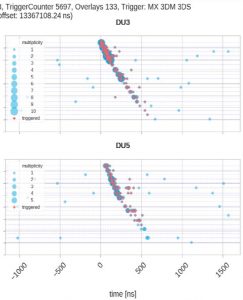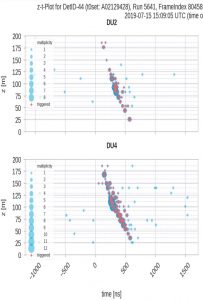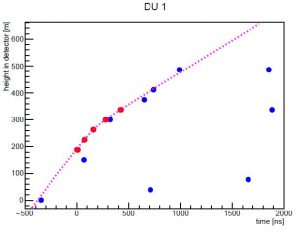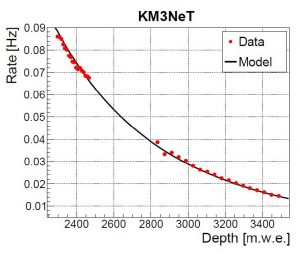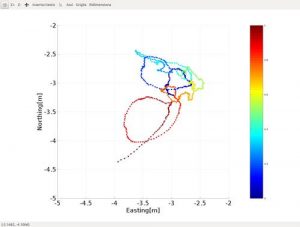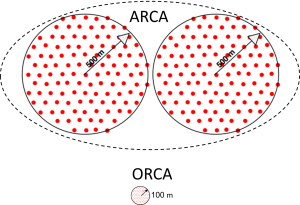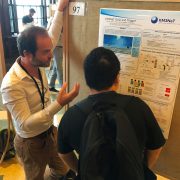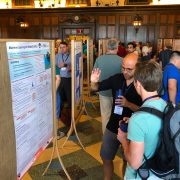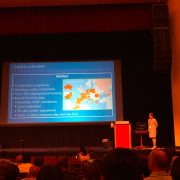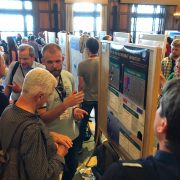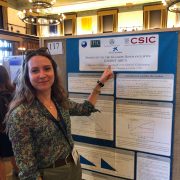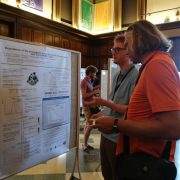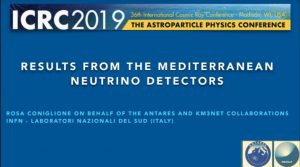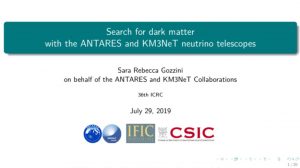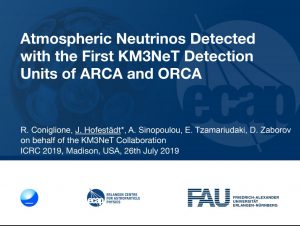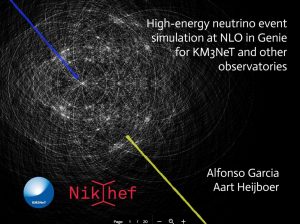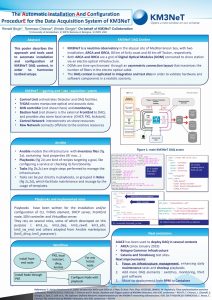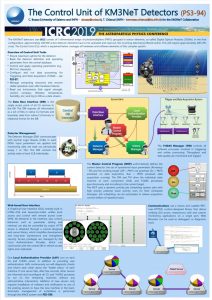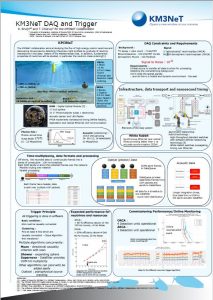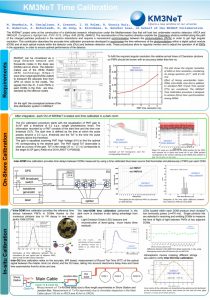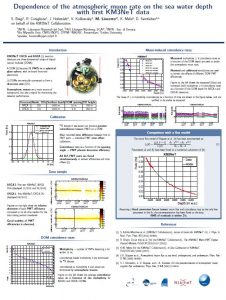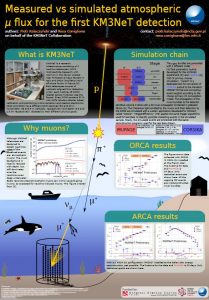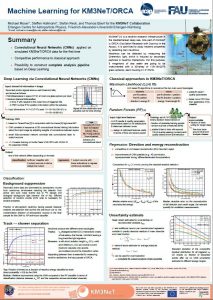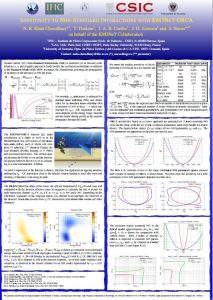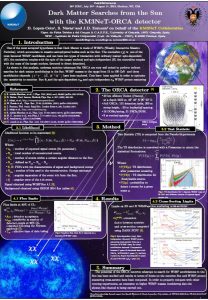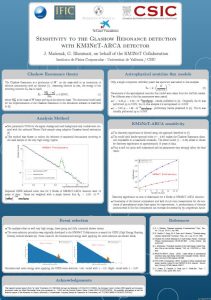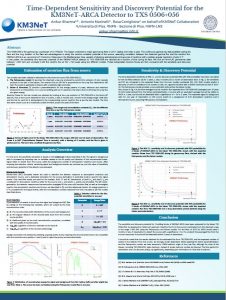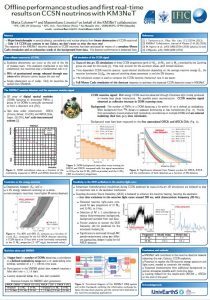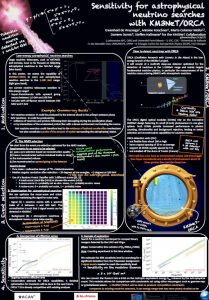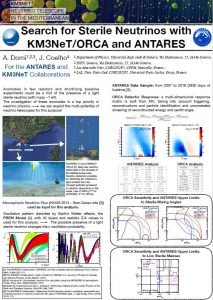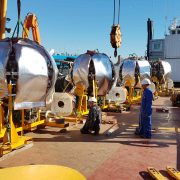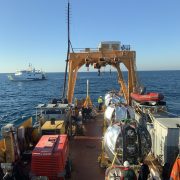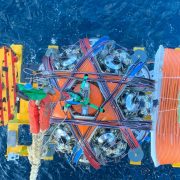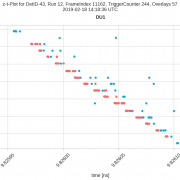New publication: core-collapse supernova explosions
11 March 2021 – In February 2021, the KM3NeT Collaboration released a publication describing the potential of KM3NeT to detect low-energy neutrinos from a future core-collapse supernova. The publication is submitted to the European Physical Journal C.
What is a core-collapse supernova?
Core-collapse supernovae are very energetic explosions that can end the life of massive stars. They have the peculiar feature of releasing about 99% of their energy as a huge flux of low-energy neutrinos. The neutrinos can escape the stellar core carrying information on the physical processes at play in the collapse, when the star is still opaque to light.
How well can KM3NeT observe a core-collapse supernova?
Thanks to the technology of KM3NeT based on the multifaceted modules with light sensors the KM3NeT detectors are particularly sensitive to the low-energy neutrinos from a supernova. In the publication it is shown that KM3NeT – when finished building the detectors – can reach a 5 sigma discovery potential to observe a core-collapse supernova happening in the Milky Way. For the most optimistic theoretical models describing core-collapse supernovae, the detection threshold can extend up to the Large Magellanic Cloud.
The potential sensitivity of the KM3NeT detectors with 230 detection units in the ARCA detector and 115 units in the ORCA detector as a function of distance of the core-collapsed supernova. Curves are shown for three different masses of the progenitors.
Details
Once a core-collapsed supernova is observed, researchers of KM3NeT can study aspects of the neutrino emission such as the detected neutrino light curve and the neutrino spectrum. This will provide the potential for discrimination between different theoretical models of core-collapse supernovae and help to understand the physical processes behind the explosion mechanism. The time of arrival of the neutrino signal can be determined with an accuracy better than 10 ms for a source at the Galactic Center. The oscillating signature of hydrodynamical instabilities and other physical processes impacting the neutrino time profile can also be detected for nearby events: 3 sigma at 3-8 kpc, depending on the model. From the recorded coincidences, KM3NeT will be able to infer the properties of the neutrino spectrum, estimating the mean neutrino energy with a precision of about 2% if the other spectral parameters such as the energy scale and pinching parameter are known with a small uncertainty.
Neutrino light curves expected using the future full ARCA detector of 230 detection units, from a core-collapse supernova at a distance of 5 kpc and a progenitor of 27 solar masses.
What is possible with the current six detection units of the ORCA detector?
Already with the six detection units of the ORCA detector currently taking data, a detection at 5 sigma level of a core-collapse supernova can be achieved for supernovae at distances up to 10 kpc. The online analysis pipeline is in place, sending warning messages to SNEWS – the worldwide network for early warning for supernova events. The first MeV neutrino follow-ups of warnings by gravitational-wave detectors were performed using the data of only four ORCA detection detection units that were active at that time, bringing the first KM3NeT physics results.
Exciting times are ahead. KM3NeT is ready for the observation of the next core-collapse supernova event in our Galaxy!

